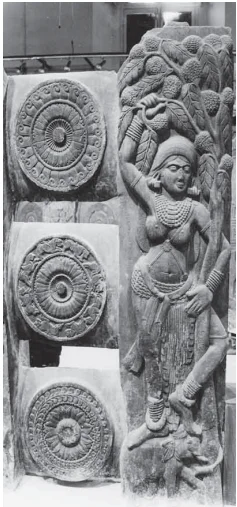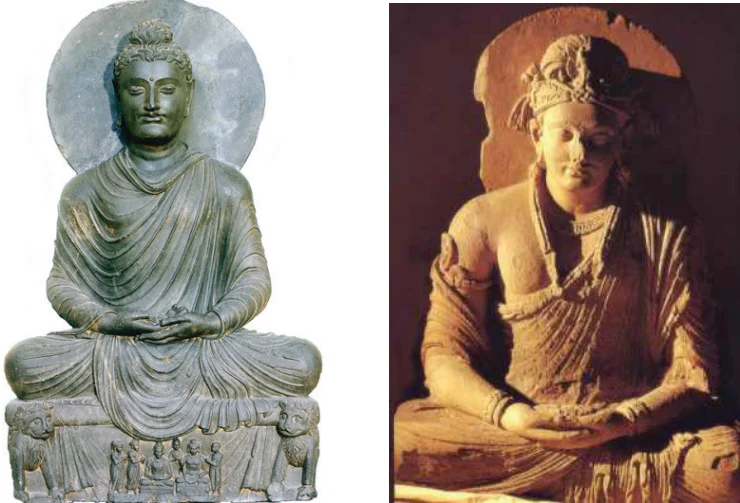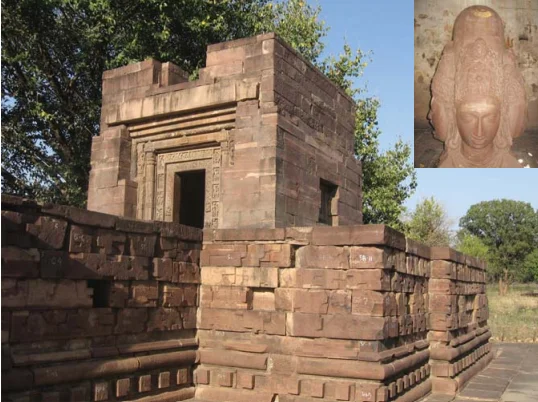![]() 23 Dec 2023
23 Dec 2023
Indian Art and Architecture Post-Mauryan Rule
Exploring the Indian Art and Architecture: From the second century BCE onwards, various rulers established their control over the vast Mauryan Empire: The Shungas, Kanvas, Kushanas and Guptas in the north and parts of central India; the Satvahanas, Ikshavakus, Abhiras, Vakatakas in southern and western India. Examples of the finest sculptures are found at Vidisha, Bharhut (Madhya Pradesh), Bodhgaya (Bihar), Jaggayyapeta (Andhra Pradesh), Mathura (Uttar Pradesh), Khandagiri-Udayagiri (Odisha), Bhaja near Pune and Pavani near Nagpur (Maharashtra).






Conclusion
In conclusion, Indian Art and Architecture beautifully unfold a rich tapestry of sculptural traditions, blending diverse influences and narratives. From the majestic stupas to the ornate temples, this legacy showcases the enduring creativity of ancient India.
<div class="new-fform">
</div>
